Wall Street’s major indexes tumbled sharply after U.S. President Donald Trump’s sweeping tariffs on key trade partners triggered fears of a trade war and global recession. Investors reacted with panic, sending markets into a steep decline.
Wall Street’s major stock indexes suffered heavy losses after U.S. President Donald Trump imposed new tariffs, sparking fears of a trade war and a potential global economic downturn. The Dow Jones Industrial Average dropped by over 1,100 points, or 2.66%, while the S&P 500 and Nasdaq also saw sharp declines of 3.32% and 4.5%, respectively.
Technology stocks were among the hardest hit, with Apple falling by 8% after China imposed tariffs on U.S. goods, affecting its production. Microsoft and Nvidia also took a hit, losing 3% and 5.6%, respectively. Retailers such as Nike and Ralph Lauren saw double-digit drops after tariffs were imposed on major production hubs in China and Vietnam.
Global markets mirrored the U.S. sell-off, with stocks around the world slumping. Investors turned to safe-haven assets like gold, causing its price to soar. The CBOE Volatility Index (VIX), also known as Wall Street’s "fear gauge," spiked to a three-week high, reflecting mounting concerns among investors.
These tariffs mark a significant shift in U.S. trade policy and have disrupted the business-friendly environment that previously boosted stock prices. As a result, the S&P 500 and Nasdaq are now in correction territory, having fallen 10% from their recent highs.
In response to the growing turmoil, traders now expect the U.S. Federal Reserve to cut interest rates multiple times by the end of the year. The release of payroll data and a speech from Federal Reserve Chair Jerome Powell will likely provide further insights into the economy’s ability to withstand these trade tensions.
Despite market fears, the labor market showed some stability. The number of Americans filing for unemployment benefits fell, suggesting economic fundamentals are holding up, at least for now. However, with tariffs set to disrupt businesses across industries, the broader economic outlook remains uncertain.
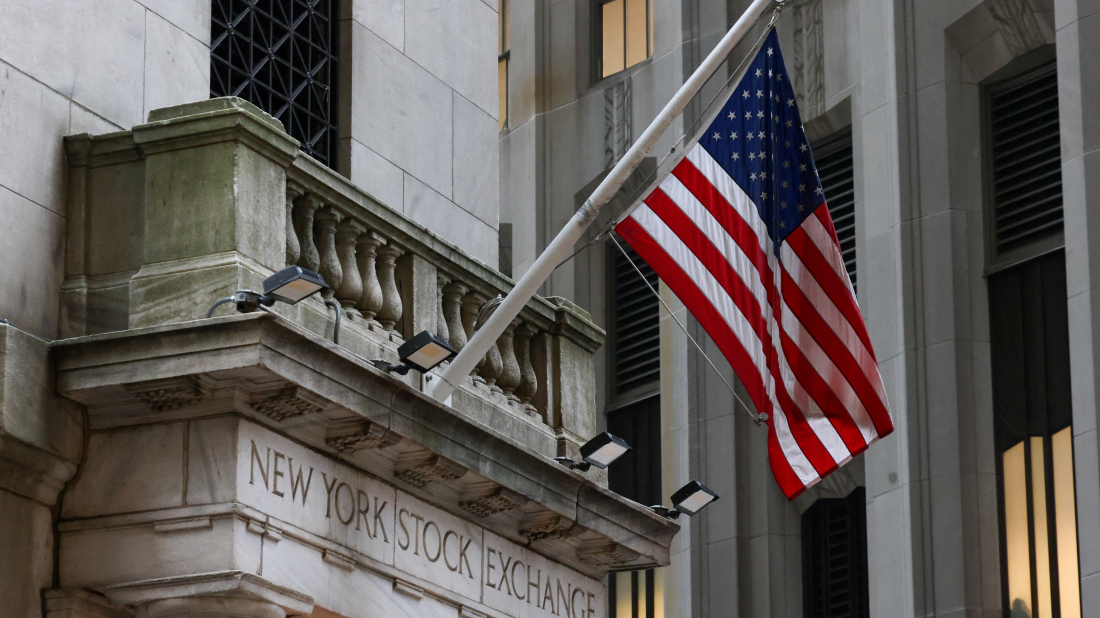






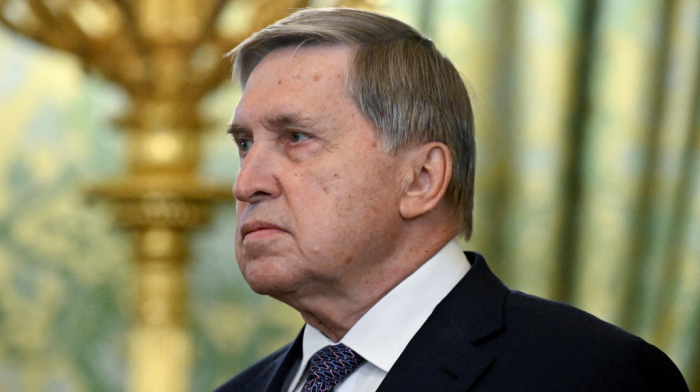
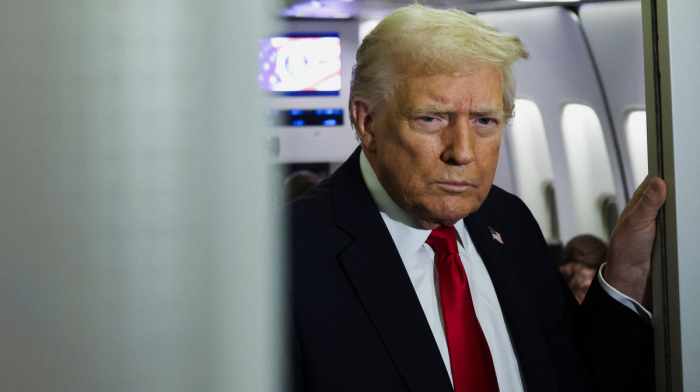
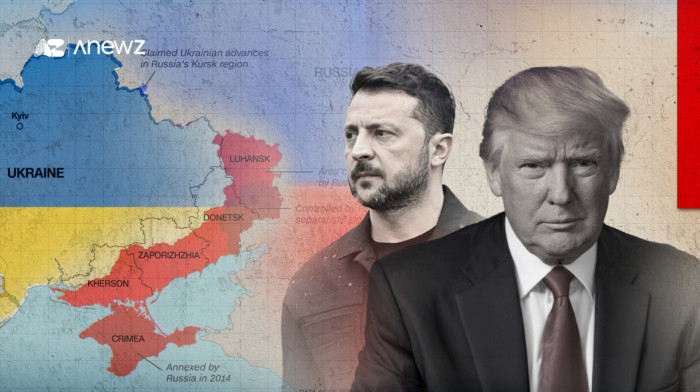
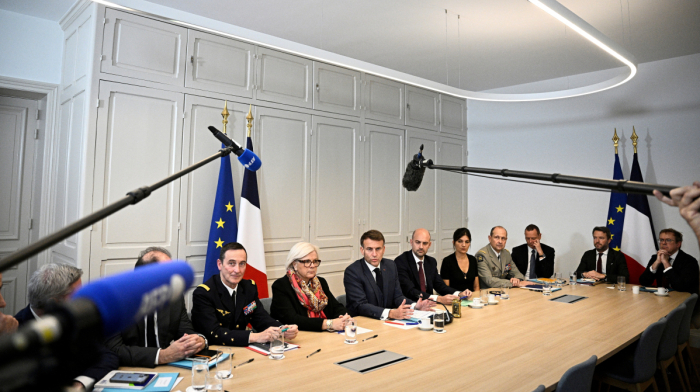




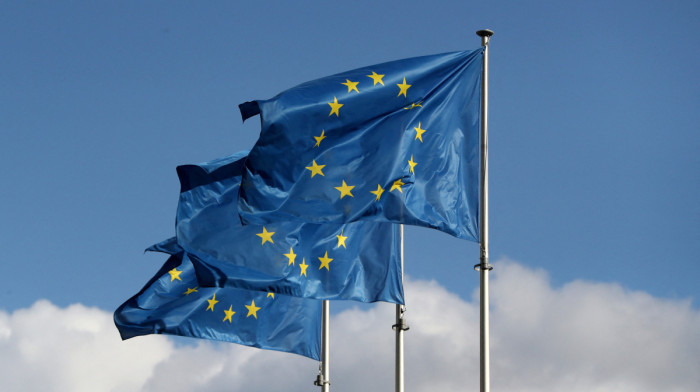


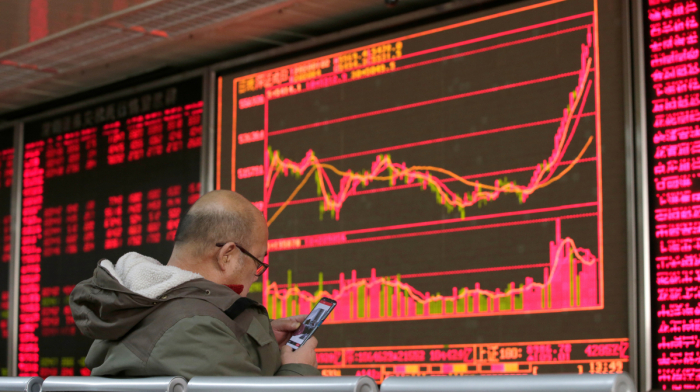




What is your opinion on this topic?
Leave the first comment